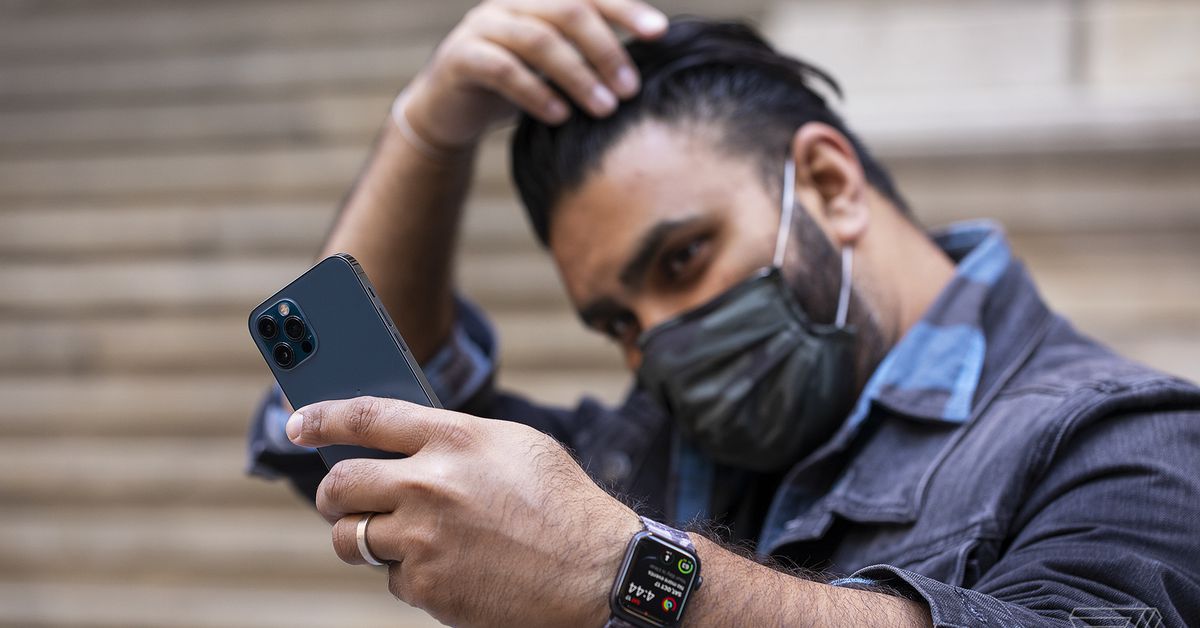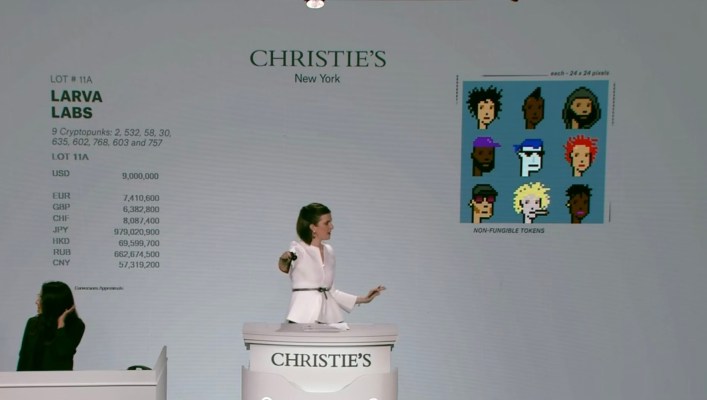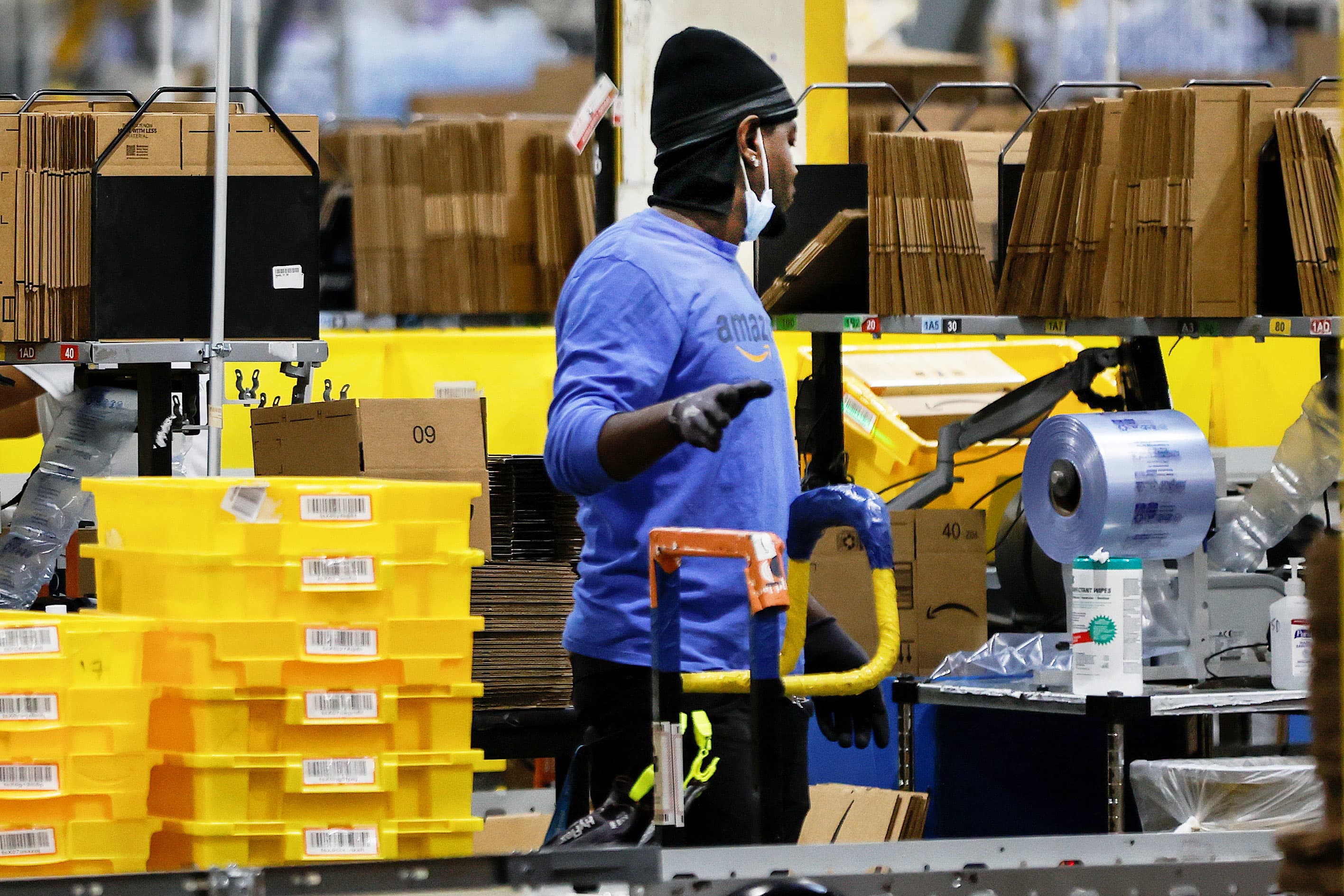Nanoleaf’s first Matter lights are up for preorder
Nanoleaf’s low-cost LED smart bulbs have been reengineered to work with Matter. | Image: NanoleafAfter a slow rollout of devices that support Matter, the first Matter-over-Thread light bulbs are finally here. You can preorder Nanoleaf’s Essentials Matter smart lighting...
/cdn.vox-cdn.com/uploads/chorus_asset/file/24524974/Essentials_Matter_Bedroom.jpg)
After a slow rollout of devices that support Matter, the first Matter-over-Thread light bulbs are finally here. You can preorder Nanoleaf’s Essentials Matter smart lighting line starting today at Nanoleaf’s site. Its new A19 smart bulb ($19.99) and light strip ($49.99) feature full-color and tunable white light and will ship in early April. A BR30 bulb ($49.99 for a three-pack) will be available next month, and a GU10 bulb ($49.99 for a three-pack) and recessed downlight ($34.99) will join the lineup later this year.
Anyone looking to add Matter and Thread devices to their smart home will be excited by the launch of these inexpensive smart lights. Thread is a wireless protocol that promises faster response times and a stronger local mesh network. And with Matter, the smart lights can be controlled locally through any Matter app or voice assistant, including Apple Home, Google Home, Samsung SmartThings, and Amazon Alexa (once Amazon updates its ecosystem to support Matter-over-Thread).
Image: Nanoleaf
To use the Nanoleaf Essentials Matter lights with Matter, you will need a Matter controller and a Thread border router (which could be the same device). Through Matter, the lights will work with any other Matter devices and any other devices in the platform you add them to. They will also work as Thread routers in a Thread mesh network, helping extend connectivity throughout your home. If you don’t have a Thread border router or Matter controller, the lights will work with Nanoleaf’s app via Bluetooth. However, if you use Apple Home, you might want to think twice before hitting that preorder button. That’s because, at launch, these Essentials won’t work with Apple Home’s Adaptive Lighting feature.
“We spent the last three years reengineering the lightbulb!”
Apple’s Adaptive Lighting, supported by lights from Nanoleaf, Philips Hue, and Eve, automatically adjusts the color temperature of your lights throughout the day to sync with natural light. But Adaptive Lighting is not part of Matter yet, and the Essentials Matter line is Matter only. It works with Apple Home but is not a HomeKit device. This means Apple Home users will want to stick with the older Essentials bulbs and light strips, which are HomeKit and Thread-enabled but won’t support Matter. Unfortunately, Nanoleaf tells us these are being discontinued.
Nanoleaf CEO Gimmy Chu told me the company hopes Apple will enable Adaptive Lighting on Matter devices. Until then, Nanoleaf supports its own version — called Circadian Lighting — through the Nanoleaf app. But that only works with Nanoleaf bulbs, whereas Apple’s feature works across bulbs from multiple companies, giving you more options.
Image: Nanoleaf
This lack of feature parity is a conundrum for all manufacturers releasing Matter-compatible products. Currently, Matter’s feature set is basic. For lighting, it includes on / off, dimming, and color changing. But there is no support for things like adaptive lighting or dynamic lighting scenes — such as gradients, sound-reactive lighting, and special themes, features Nanoleaf is well-known for. This means that, on day one, a new user buying a Matter Nanoleaf bulb and pairing it to a Matter platform (not the Nanoleaf app) won’t have access to signature features of Nanoleaf’s smart lights.
What is Matter?
Matter is a new smart home interoperability standard that provides a common language for connected devices to communicate locally in your home without relying on a cloud connection. Developed by Apple, Amazon, Google, and Samsung, Matter uses Wi-Fi and Thread wireless protocols and, in its first rollout, supports smart sensors, smart lighting, smart plugs and switches, smart thermostats, connected locks, and media devices including TVs.
All of this means that if a smart home gadget you buy has the Matter logo, you can set it up and use it with any Matter-compatible device and any Matter-compatible platform. Matter devices are becoming available, and we expect more to arrive this year.
Amazon Alexa, Google Home, Samsung SmartThings, and Apple Home are some of the big platforms that support Matter, and they have all updated their compatible hubs to be Matter controllers.
Chu is not too worried, however. His company has been an early and ardent adopter of Matter, and he views it as an essential reset for the smart home. “Matter is not progress for the smart home; it’s rebuilding the foundation,” says Chu. “We spent the last three years reengineering the lightbulb!”
He believes that, with a strong foundation, fewer walled gardens, and easier interoperability, Matter will provide the building blocks the smart home desperately needs. “The overall vision of Matter is grander than feature parity with what we have today,” he says. “We’re in that transition stage where the four platforms are working to add features on top of Matter. It’s going to become stronger.”
While the previous Essentials line isn’t being upgraded to Matter due to technical limitations, the company is working towards Matter compatibility across its entire line in the future. Its signature lighting panels, Nanoleaf Shapes, Elements, and Lines, will get an OTA update later this year and are also Thread border routers. And Nanoleaf’s new ceiling lighting panels, smart switches, and a 4D lighting kit that syncs your TV with its LED lights launching later this year will work with Matter.

 JimMin
JimMin 































